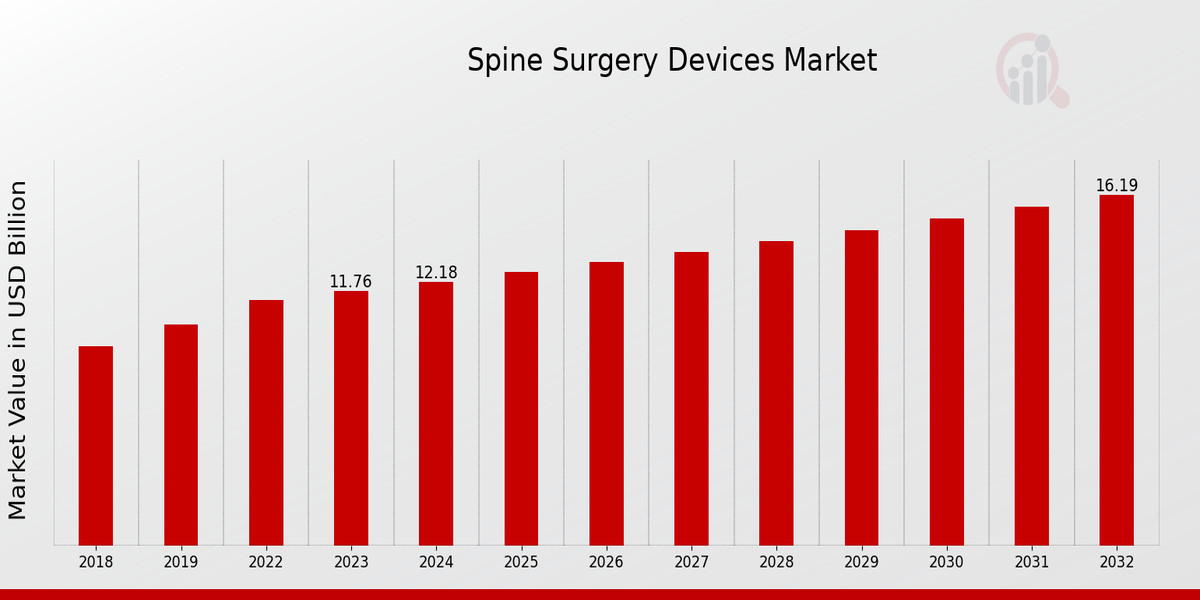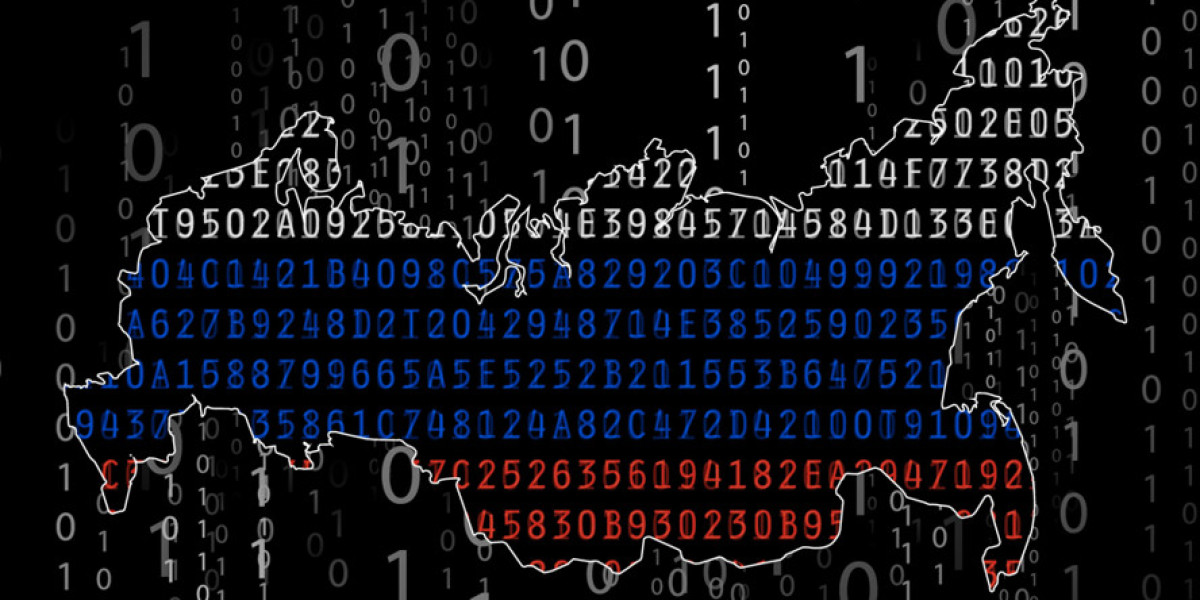The Spine Surgery Devices Market segment breakdown reveals diverse product categories such as spinal fusion devices, non-fusion implants, artificial discs, and spinal navigation systems. Spinal fusion devices hold a significant share due to their extensive use in treating degenerative disc diseases and spinal deformities. Non-fusion technologies, however, are rapidly gaining momentum as they preserve motion and reduce long-term complications. Navigation and robotic systems are emerging as high-growth segments, offering precision and reducing the risk of surgical errors. This segmentation reflects the industry’s focus on innovation and improving patient outcomes across different clinical indications.
From an end-user perspective, hospitals dominate the segment landscape, driven by high surgical volumes and access to advanced surgical equipment. Ambulatory surgical centers are also experiencing notable growth as they offer cost-effective and efficient alternatives for minimally invasive spine surgeries. This shift aligns with the broader healthcare trend toward outpatient care, which reduces hospital stays and lowers overall treatment costs. As each market segment matures, competition among manufacturers is intensifying, driving continuous technological upgrades and portfolio diversification.
FAQs
Q1: Which product segment leads the spine surgery devices market?
A1: Spinal fusion devices currently lead due to their widespread use and proven clinical outcomes.
Q2: Why are ambulatory surgical centers becoming important in this market?
A2: They offer cost-effective, efficient, and minimally invasive surgical solutions.














